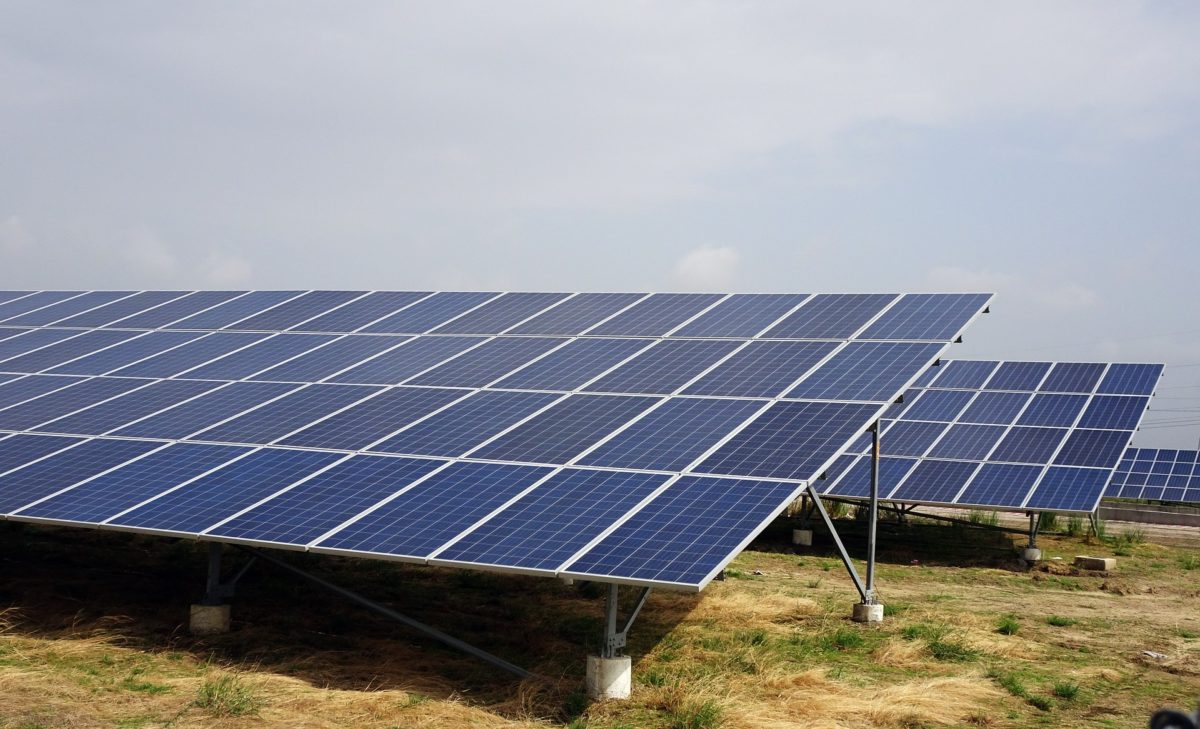Despite an expected sizable increase in India’s PV generation capacity, price stabilization and a fall in costs, the country could miss its 2022, 100 GW solar target, says Rishab Shreshta, solar analyst for research company Wood Mackenzie.
“India faces short-term uncertainty due to the [imposition] of various taxes and levies on solar products, the cancellation of tenders, and tariff re-negotiations,” said Shreshta. “However, long-term development remains positive and India will continue to be [the] third-largest solar market globally in 2019.”
The year-on-year growth rate of installed solar capacity is expected to rebound and beat 2018’s figure by 12% this year.
However, the analyst warned: “Despite strong domestic demand and safeguard duties on imported solar modules, domestic solar manufacturers still struggle to compete with foreign suppliers.”
Renewable slice of new generation
India’s grid-connected power generation capacity – from all sources – increased 4% from January to October last year, to reach around 347 GW. That was 13 GW more than in the corresponding period of the previous year. Of the new 13 GW, renewables made up 9.7 GW, highlighting the significant investment flowing into the sector. WoodMac is expecting electricity generation to grow 5%, year-on-year, in 2019.
Rooftop market outlook: In its latest India Rooftop Solar Market report, consultancy Bridge to India has predicted the country will fall well short of its rooftop target of adding 40 GW of generation by 2022.
“The Indian rooftop solar market has grown rapidly at a CAGR of 88% in the last five years,” stated the report. “Capacity addition in the 12-month period ending September 2018 was estimated at 1,538 MW, and total installed capacity is estimated to have reached 3,399 MW. There have been a number of government policy initiatives supporting the rooftop solar market but this is way short of the required trajectory for meeting the government target of 40 GW by 2022.”
According to the report, the policy emphasis has been primarily on reducing the cost of rooftop solar through tax and financial incentives, but has failed to meet the changing needs of the market.
This content is protected by copyright and may not be reused. If you want to cooperate with us and would like to reuse some of our content, please contact: editors@pv-magazine.com.



In what universe is a 5-year CAGR of 88% a policy failure? Other countries should be sending delegations to find out how India cracked the difficult rooftop problem, well ahead of China and the USA. BTW, if 88% holds up for the next four years, India will easily meet its astronomical 40 GW target. Unlikely I know.